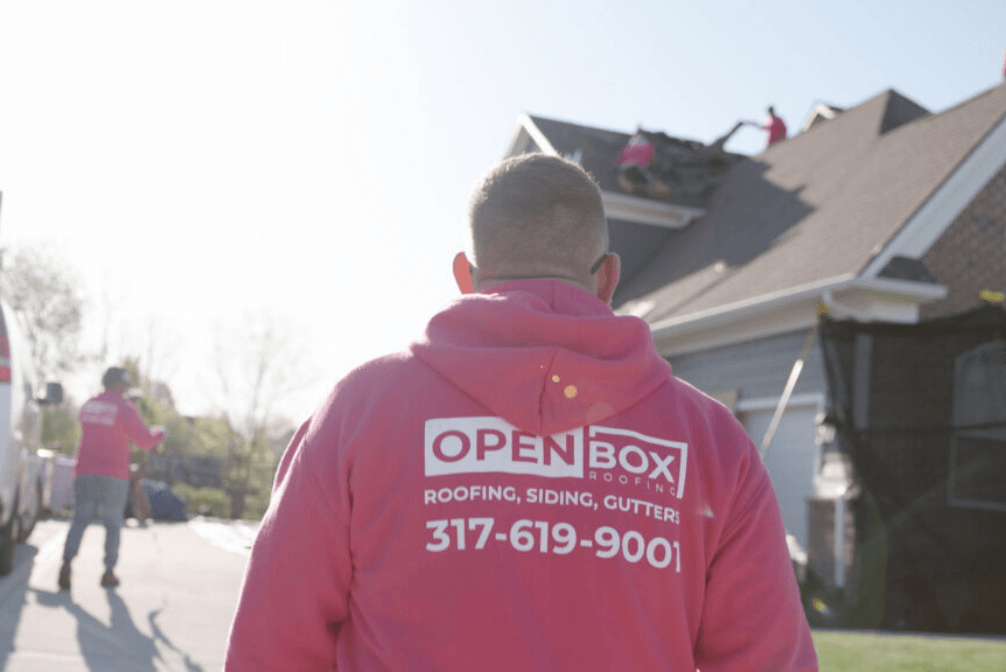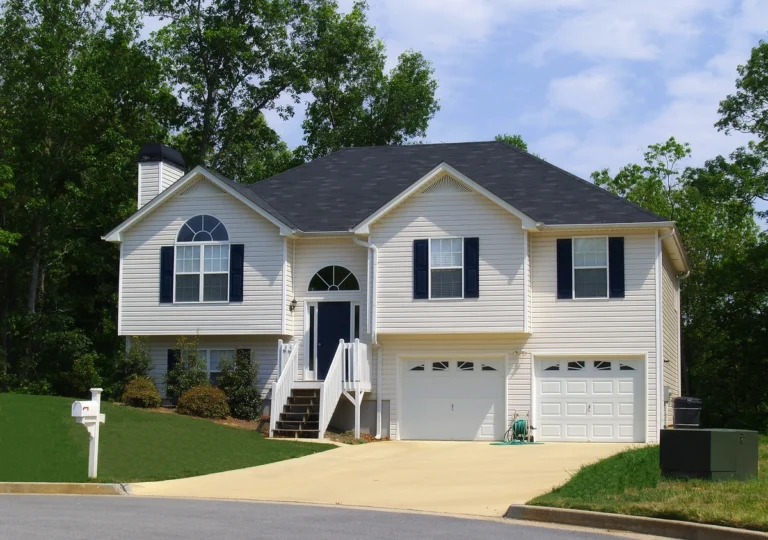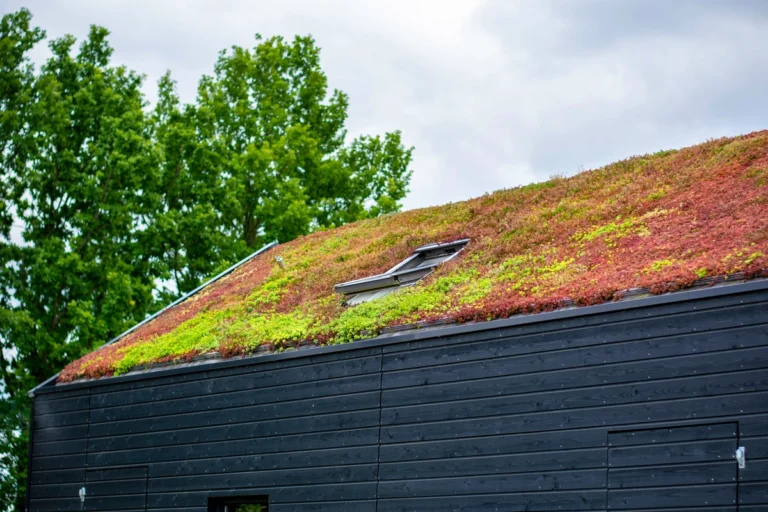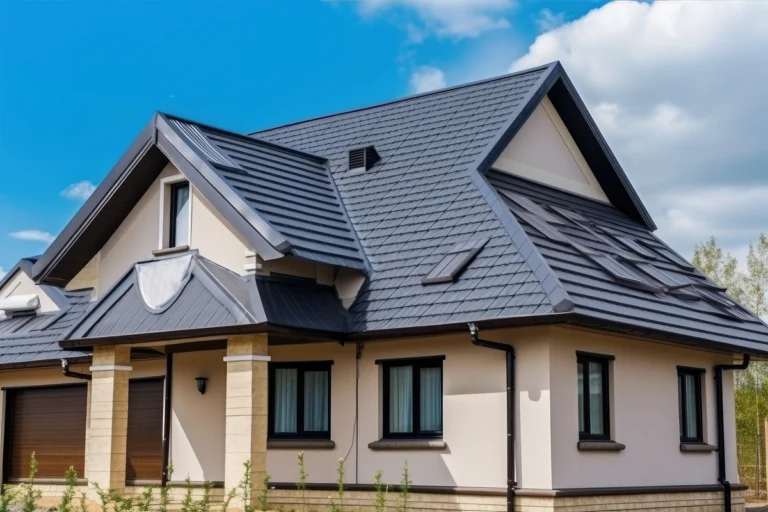When it comes to your commercial properties, it is important to consider the overall health of the building, office, or retail space. One major component of a commercial property that protects its structure is the roof.
When it comes to replacing the roof over your business, there are certain things you’ll need to consider — all of which are directly affected by the type of material used, and materials vary based on the different types of commercial roofs available.
In this article, we’ll cover the seven different types of commercial roofs you can choose from, as well as their pros and cons and other things you’ll need to consider. Keep reading to learn more.
What to Consider for Your Next Commercial Roof
There are three primary things you’ll want to consider when looking at your commercial roof options:
- Durability. When properly installed and maintained, a commercial roof system should last between 25 and 50 years — sometimes longer. It all depends on your location’s climate and sub-roof conditions.
- Energy efficiency. Energy efficiency parameters are now generally a part of the permit process for installing new commercial roofs. However, as a property owner, energy efficiency will affect other areas of your business, which is what makes the type of commercial roof you choose so important.
- The costs. Lastly, the cost is an important part of replacing your commercial roof. Some types are easier to install and therefore more cost-effective while others are undoubtedly more expensive. However, you don’t want to sacrifice durability, efficiency, and longevity to save a few bucks upfront.
The 7 Common Types of Commercial Roofs
The seven common types of commercial roofs include:
- Metal Roofing
- Built-Up Roofing (BUR) Membrane
- Green Roofing
- Spray-On Silicon
- Thermoset EPDM Roof Membrane
- Thermoplastic PVC & TPO Roof Membrane
- Shingle Roofing
1. Metal Roofing
Metal roofing has become one of the most popular options among commercial businesses. Metal roofing has a long life span of up to 70 years, and there are several different types of metal roofing systems you can choose from, including:
- Corrugated galvanized steel
- Zinc, tin, and aluminum amalgams
- Tile sheets
- Copper
- Aluminum
- Stainless steel or coated steel
Metal roofing is also known for its energy efficiency, and most types can be integrated with solar panels or snow removal systems, depending on your location. It also has a very strong fire resistance rating and is stronger than most other options.
The only downside to metal roofing is that it’s susceptible to corrosion. However, that’s why modern metal roofs typically come with protective surface layers to protect the material from corrosion due to exposure to the elements and other environmental factors.
2. Built-Up Roofing Membrane
Built-up roofing (BUR) is designed to have alternating layers of tar and gravel. It has a lifespan of up to 20 years or more with proper maintenance, and the number of layers of this type of roofing will determine its durability and cost.
Built-up roofing is also seamless and typically comes with a stable understructure which helps it remain durable under foot traffic. It can also be specially coated to reflect heat and make it UV-resistant.
The downside to BUR commercial roofing systems is that 20 years is a short lifespan, and because it’s seamless with alternating layers, identifying any leak sources can be difficult as the roofing ages.
3. Green Roof
The green roof is a newer type of commercial roofing that emphasizes eco-friendliness. Green roofs can last between 30 and 50 years as they consist of very tough waterproof membranes that are covered entirely by green plant life. They’re not only a sustainable option, but they can improve the outdoor air quality while offering employees and tenants a nice place to relax and rest.
Green roofing is also associated with better protection from the elements, potential utility and government incentives, and of course, improved aesthetics. They’re also designed to have superior water drainage management.
The only downside to green roofing, aside from the cost, is that they require ongoing maintenance and monitoring since they involve plant life and a lot of moisture.
4. Spray-On Roofing
Spray Polyurethane Foam (SPF), a commercial roofing material that starts off as a liquid spray that expands into a foam and then hardens into a solid layer. SPF roofing is another eco-friendly option as it’s simply applied to the top of your existing commercial roof — which means it doesn’t require extra materials or a long installation process.
SPF roofing systems also add the elements of waterproofing and insulation that can be used in any type of climate. It can also last up to 50 years with proper installation and care. Of course, the disadvantage to Spray-on roofing is that there’s a small window of time for when it can be applied, and it requires two annual inspections.
5. Thermoset EPDM Membrane
Ethylene Propylene Diene Terpolymer (EPDPM) is a durable, roll-based synthetic rubber roofing membrane. Also referred to as Thermoset roofing, this type of commercial roofing system provides strong protection from UV rays, pollution, and the elements — which also makes it long-lasting.
Due to its roll-on application, Thermoset EPDM is easy to install. It also comes in black and white rolls, both of which are resistant to common solvents like acids or alcohols, making it versatile as well.
However, EPDM membrane roofing isn’t exactly the nicest to look at. It can also puncture more easily than the others when it comes to foot traffic, falling debris, and in some cases, hail.
6. Thermoplastic PVC and TPO Roof Membranes
Poly Vinyl Chloride (PVC) and Thermoplastic Polyolefin (TPO) roofing systems hold up well to UV rays, extreme weather conditions, chemicals, bacteria growth, and much more. They’re also lightweight and puncture-resistant thanks to their strong air-welded seams, fire resistance rating, and tolerance to extreme temperatures.
However, PVC and TPO are incredibly popular, which means there are tons of cheaply made products on the market. If you don’t purchase your PVC or TPO membrane roofing from a reputable roofing contractor, you’ll likely end up with a poor product and wasted money.
7. Shingles
Shingles are most commonly seen on residential properties, but they’re also popular among commercial businesses — specifically businesses with steep roof pitches.
Shingles can be made from a number of different materials, including asphalt, slate, plastic, ceramic, composite, and even metal. This makes them not only affordable but easier to install and versatile, as there’s a shingle type out there for everyone.
However, depending on the brand of shingles you and your roofer agree upon, the lifespan will differ. Shingles are also more susceptible to mildew and mold growth if not maintained properly.
What Type of Commercial Roof Is Right for You?
There’s a lot to think about when choosing the next type of roof for your commercial business. However, the right roofer can help you choose the right materials for your budget and needs.
That’s where we come in. OpenBox Roofing provides all our clients with a personalized roofing experience to guarantee a strong roof over their homes and businesses. Give us a call today to learn more about our roofing and other exterior services!






